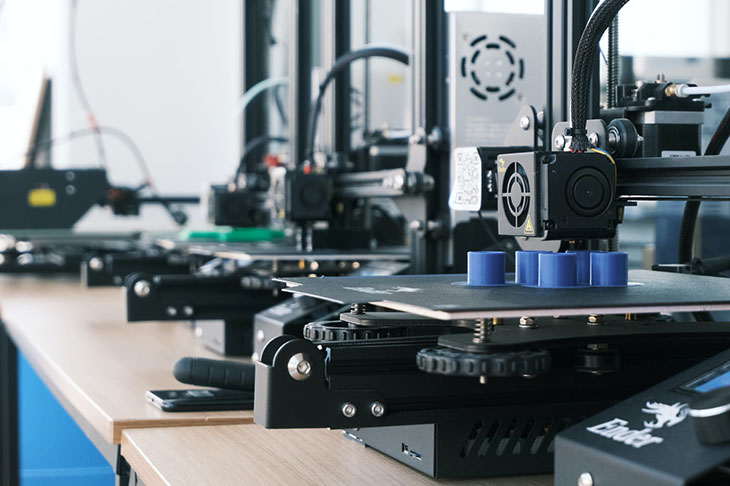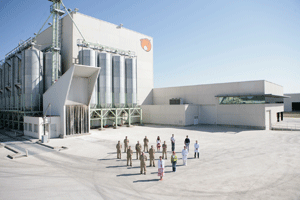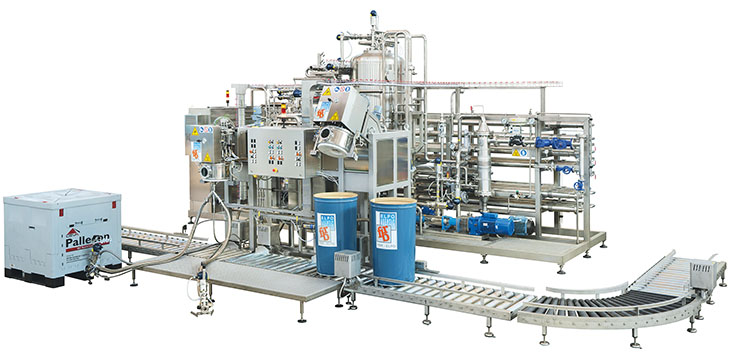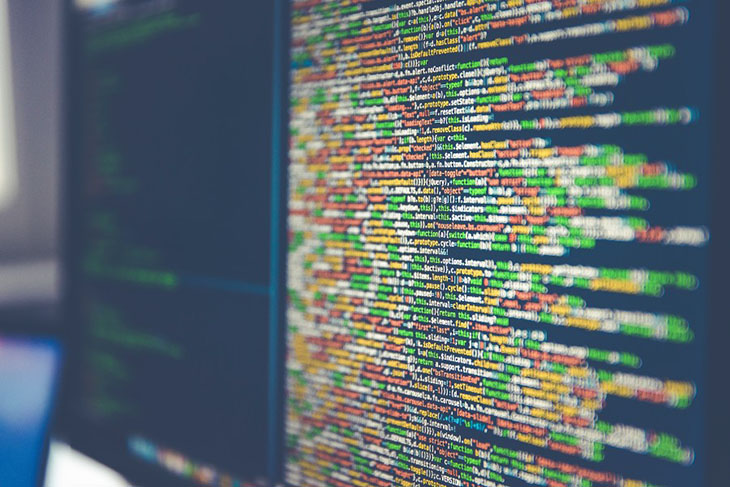Additive manufacturing, known colloquially as 3D printing, wasted no time establishing itself as an invaluable tool in many industries. Even the aerospace sector has been using this form of manufacturing for more than a decade.
Here are some of the best 3D printing applications in aerospace in 2022 and where the technology could go in the future.
Runway Mats
Runway mats were once essential for building runways on unimproved airfields. The U.S. Army Corps of Engineers started using them in the 1930s and they are still in use today — though the technology has evolved dramatically.
The U.S Air Force, working with researchers from Purdue University, developed a lightweight 3D-printed runway mat made with a Phase Transforming Cellular Material (PXCM). In addition to withstanding the force of takeoffs and landings, this material technology can heal itself, improving installation life span and reducing the need for maintenance or replacement over time.
Safety Equipment
Flying is still statistically the safest way to travel, but that doesn’t eliminate the need for safety equipment. Even under the best circumstances, an aircraft is equipped with everything from oxygen systems to evacuation tools and everything it might need if something goes wrong 35,000 feet in the air.
3D printing applications in aerospace can help manufacturers model new design ideas for safety equipment prior to production. This will help reduce the cost of manufacturing equipment and can help engineers find new ways to reduce weight. This is essential when you need to have enough oxygen masks or life jackets for everyone aboard.
Replacement Parts
It takes a lot of parts to build an aircraft — and even more to construct a spacecraft. Parts might be needed for older models, but since they aren’t used as frequently, it can be more challenging to find replacements. 3D printing eliminates the need for dedicated manufacturing lines that must get enough work to justify keeping them online. It’s easier and more cost-effective to upload and print a single replacement part.
Tools in Orbit
There’s nothing worse than hopping a rocket to the International Space Station, only to realize you left your tool belt at home. NASA sent a 3D printer to the space station to overcome those problems. In 2014, the device completed its first print — a tool designed on Earth, uploaded to the printer remotely and printed in orbit. Today, there’s also a recycler onboard that can break down plastic waste and turn it into printer filament for new projects.
Fuel Nozzles
Fuel nozzles experience some of the most extreme temperatures in an aircraft or spacecraft, leading to frequent breakdowns and necessary replacements. Engineers at GE Aviation used 3D printing to reduce the number of components in a fuel nozzle from 20 to one, decreasing the weight and making manufacturing more straightforward.
Drones
Aerospace applications don’t always have to be crewed. Drones have evolved to a point where they can accomplish various tasks autonomously. In construction and assembly, they are invaluable for inspecting areas that might be dangerous for human inspectors to traverse. 3D printing drones makes them lightweight and ready to carry out their assigned tasks in just a few days.
Satellites
Traditional satellite technology can take weeks or months of testing and development before they’re ready to be launched into orbit. Airbus used 3D printing to design a titanium satellite frame that can be printed and ready to be deployed in less than a day. Utilizing 3D printing also reduces the weight and production costs of the finished satellite.
Rovers
The Perseverance rover landed on the Martian surface in 2021, and it’s been exploring the red planet since then, taking samples and sending back data. The brave little rover is accomplishing all those tasks with 3D-printed parts.
NASA engineers developed 3D-printed parts to create the most precise tools possible while reducing weight. All told, Perseverance has 11 3D-printed metal parts. Curiosity, the rover that landed in 2012, took the first 3D-printed part to Mars — a ceramic piece inside its sample analysis instrument.
Rockets
Instead of building a rocket from scratch, at least one aerospace startup explores the potential for 3D printing these engineering marvels. Relativity Space’s Terran 1 rocket engine can launch payloads up to 1,250 kilograms (2,756 pounds) into orbit and is entirely 3D printed. It uses 100 times fewer individual parts than a traditional rocket engine and can go from raw materials to flight-ready status in just 60 days.
Habitats
One of humanity’s biggest challenges when colonizing the stars is the inherent hostility of the universe. Other than Earth, there is nowhere else in the solar system that can support human life without significant terraforming or the introduction of artificial habitats.
Rovers and drones can 3D print complete habitats and have them ready for colonists and astronauts when they arrive. It may not be a permanent habitat, but it will give them somewhere to live other than the rocket they came in until they can build a more long-term settlement.
Making the Most of 3D Printing Applications in Aerospace
Aerospace technology has dramatically changed since the Wright Brothers took their first flight at Kitty Hawk. Eventually, it will carry us to the stars. 3D printing might seem like a toy for hobbyists, but it has so many applications that could shake the foundation of manufacturing that we can’t even list them here. 3D printing will provide many of the tools needed to chase the stars.























